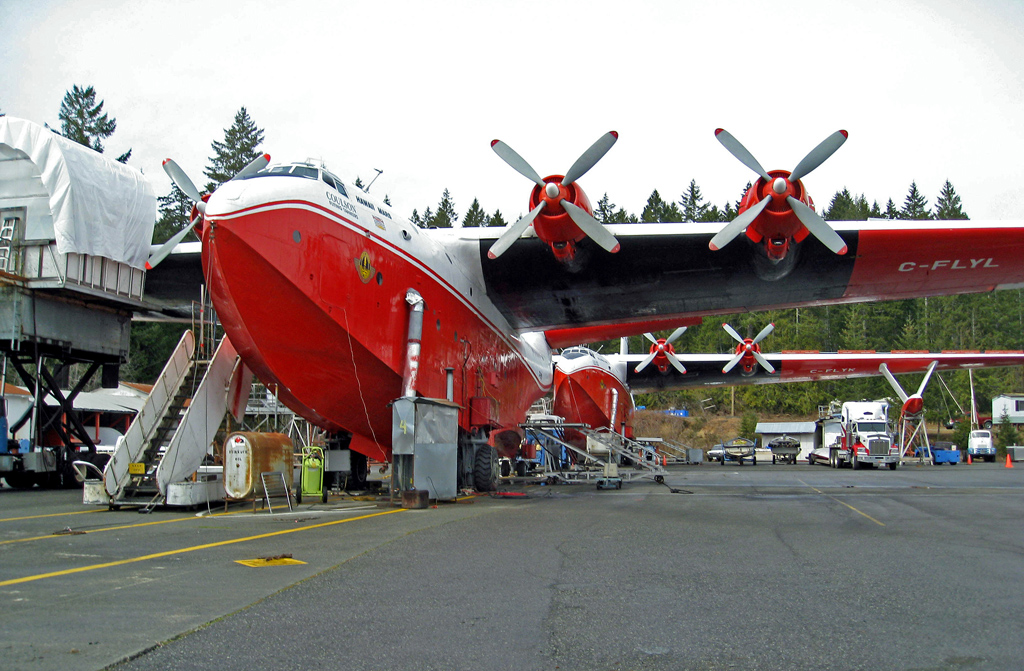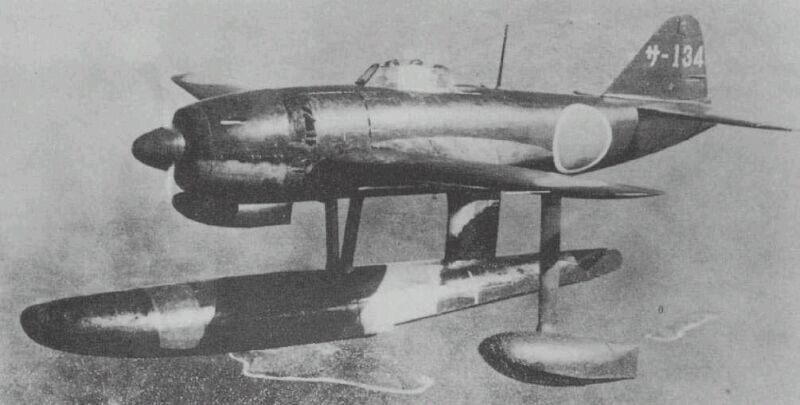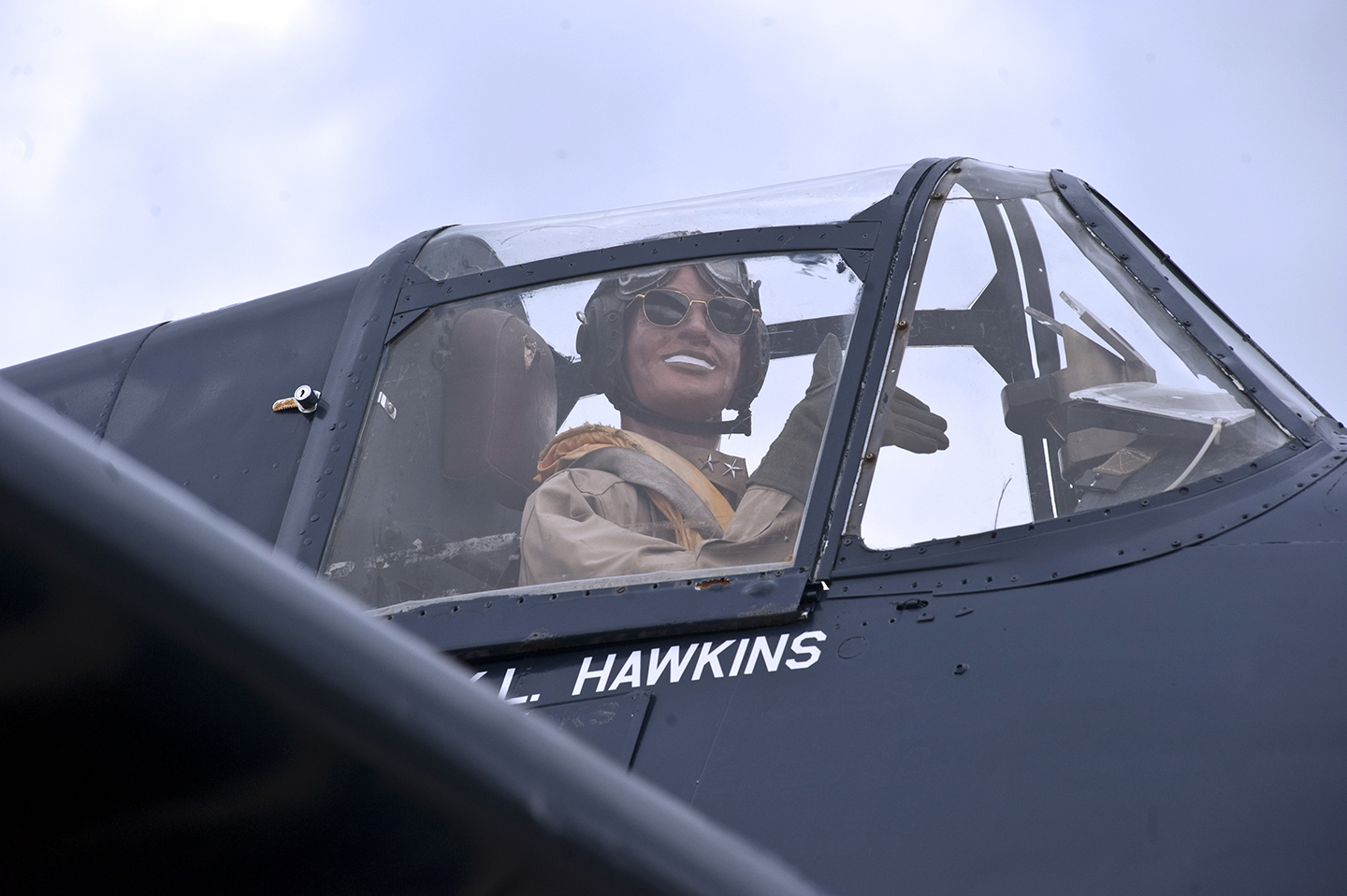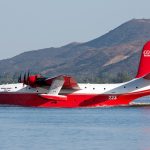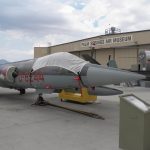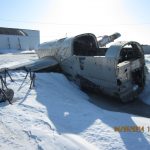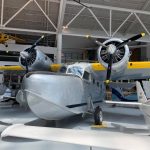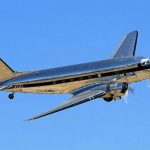The last operational Martin JRM-3 Mars water bomber seems set to retire this year, judging by a recent announcement in the Coulson Group’s August 2014 news letter. Sadly the provincial government in British Columbia, where the Mars is based, has eliminated the Mars from contention for fire fighting contracts, despite its proven superior performance, price structure and 54 year track record. The last operational example, nicknamed “Hawaii Mars”, has been beached at its base on Sproat Lake near the town of Port Alberni, British Columbia since the close of last year’s fire season. 19,000 people even signed a petition, in an attempt to change the government’s mind and award Coulson a five year, firefighting contract. This came to nought as well predictably. The government seems adamant that it wants newer, more nimble aircraft with smaller, more precise loads. This seems to miss the point that more often it is the large load from a Mars which stops a fire in its tracks, rather than a smaller load which allows the burn to continue and requires more drops. But the door on Mars operations seems firmly shut now sadly. This brings to a close what is probably the final chapter in the history of piston-engined, fire-fighting flying boats. Coulson is now trying to determine what the future holds for “Hawaii Mars”, but for better or worse, it most likely involves a sale or trade with a museum somewhere in the USA.
In other news, the “Philippine Mars”, seems ready for her final flight in the coming months. A recent video posted on Facebook showed the aircraft fully resplendent in her military markings, and with all four engines running. You can see the video below… make sure to have the sound cranked up, as it’s an impressive roar from those R-3350s!
The long-mooted trade for the Mars with the National Museum of Naval Aviation in Pensacola, Florida seems closer to fruition, although the final details are not fully signed off just yet (at least not publicly). In a press announcement from this past May, the deal with the Navy Museum is expected to include two C-130’s currently at Pensacola, which will serve as a parts source for Coulson’s operational C-130. Once the paperwork is complete, the company send personnel to Pensacola to sort out the transport of the two Hercules cargo planes back to British Columbia. The trade might also include a rare Grumman F6F Hellcat, and an even rarer Kawanishi N1K1 float-plane fighter, code named “Rex” by the Allies in WWII. There are only three examples of the “Rex” in preservation. The example potentially involved in the trade was a war prize, evaluated by the US Navy after WWII. It is in rough condition, having spent many years on out door display at NAS Willow Grove (now closed) in Pennsylvania. It’s been in storage at Pensacola for a few years now. The Navy Museum has ten or so Hellcats on the books, and while they haven’t released the identity of the F6F that might become part of the trade, it seems likely to be F6F-5K Bu.77722. This example has been on outdoor display for the past several decades as a weather vane of sorts (it’s on a small pedestal that allows it to swing into the wind) just inside the entrance to the Navy side of Joint Base Andrews in Clinton, Maryland. Watch this space to find out more when the information arrives!








